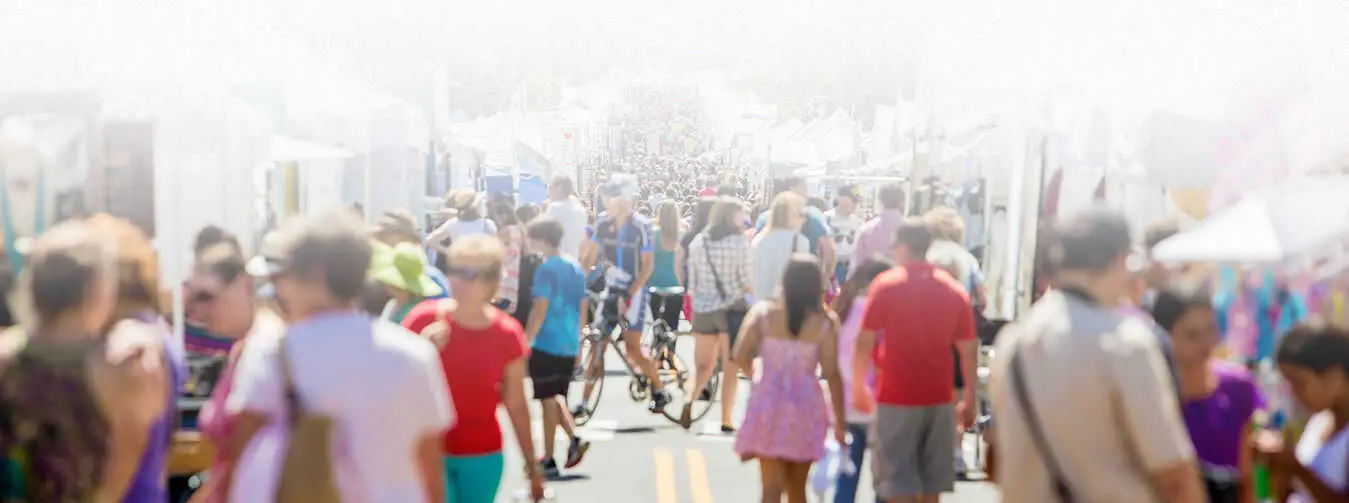A lot of thought and exploration goes into developing a series of paintings for an art exhibition.
Today, this has been a topic of conversation between my good friend and fellow artist, Shanna Kunz and me. Shanna and I are exhibited together in an all women art show, Broad Brush Stokes.
Shanna and I love to talk ‘shop’ when we are together. Today, we have been discussing the importance of producing a cohesive body of paintings for each of our upcoming winter exhibitions.
I was really impressed with Shanna’s clear 10 step approach to developing a series of exhibition paintings. Shanna is a landscape painter, but these steps could be applied toward any painting subject.
One
The first step is to decided upon a theme.
For example: For a landscape painter, the theme might be a regional location, or a season, or you might choose to focus on abstraction, or paint quality.
Two
Next, it is important to plan the shape and sizes of your paintings. There is an emotional connotation attached to different formats.
- Horizontal = peaceful
- Vertical = majestic, active
- Square = risky, contemporary
- Standard = traditional
Read more!



